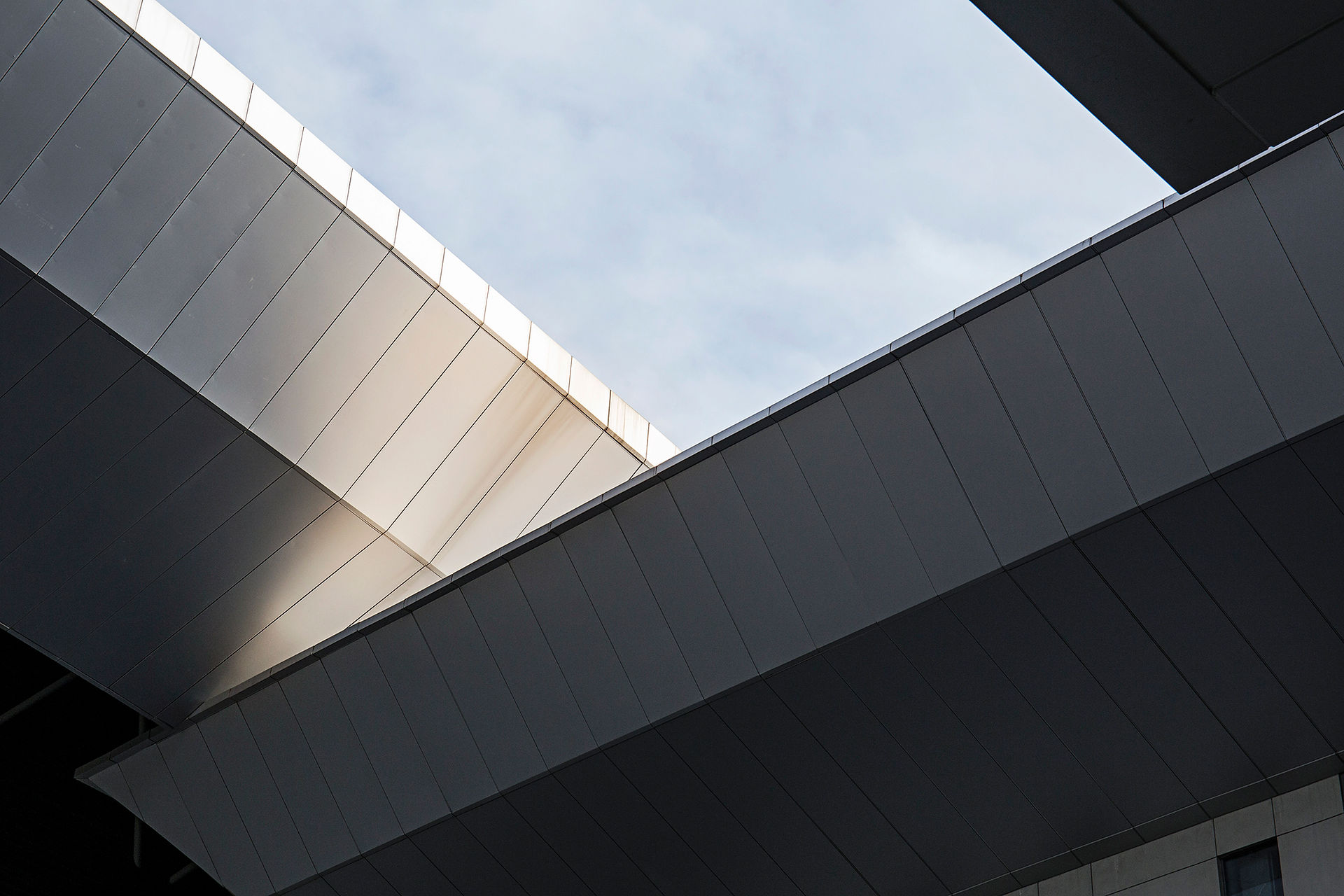Key Elements of Effective Residential Design
- Nicole Maurer
- May 29
- 4 min read
Residential design is much more than just creating a home; it's about crafting a space that embodies comfort, functionality, and aesthetic appeal. In this blog post, we will explore the key elements that contribute to effective residential design. These elements not only improve the livability of a space but also enhance the emotional connection between individuals and their homes.
Understanding Residential Design
Residential design involves the planning and creation of spaces where people live. It includes elements such as aesthetics, functionality, and environmental impact. A well-designed home caters to its occupants' needs, reflecting their preferences and lifestyle choices.
When considering residential design, one must think about how each area of the home serves its purpose. This can vary from the configuration of the kitchen for family gatherings to the layout of bedrooms for privacy. Successful designs integrate these elements seamlessly, creating harmony in the overall space.

The Importance of Space Planning
Space planning is a critical element in residential design. It involves the arrangement of spaces in a way that helps ensure optimal functionality and flow. A well-thought-out space plan can make even a small home feel spacious.
Consider a situation where an open concept living and dining area is designed. This type of layout not only maximizes space but also encourages interaction among family members and guests. Key factors to consider include:
Traffic Flow: Ensuring there are clear paths for movement throughout the home. Avoiding furniture overcrowding can help maintain flow.
Zoning: Defining areas for specific functions, such as setting aside a cozy nook for reading or a vibrant area for entertaining.
Natural Light: Large windows and strategic placements can enhance the ambiance while fostering a connection with the outdoors.
Effective space planning lays the foundation for further design elements, making it a top priority in residential projects.

Accessibility and Functionality
Accessibility and functionality are essential elements of residential design. Ensuring that spaces are easy to navigate and meet the needs of all users is crucial. This is especially important in homes with children, elderly occupants, or individuals with disabilities.
Designing functional spaces can greatly enhance the quality of life. For instance:
Adequate storage solutions: Incorporating smart storage options such as built-in shelves, cabinets, and drawers can reduce clutter.
User-friendly bathrooms: A well-designed bathroom should have accessible fixtures, supportive grab bars, and slip-resistant flooring.
Multi-functional rooms: Creating spaces that can serve multiple purposes (like a guest room that doubles as an office) maximizes utility.
It's important to consider individual needs and preferences while ensuring that the residential design offers adequate access and ease of use.

Sustainable and Eco-Friendly Design
Sustainability is a growing concern in residential design. Eco-friendly practices not only benefit the environment but can also lead to cost savings in the long run. Integrating sustainable design principles is becoming increasingly important.
Here are several ways to incorporate sustainability into residential design:
Energy-Efficient Appliances: Using appliances certified by ENERGY STAR can reduce energy consumption significantly.
Natural Materials: Opting for sustainable materials like bamboo or reclaimed wood can decrease environmental impact.
Water Conservation: Installing low-flow faucets and toilets can contribute to water-saving efforts.
By focusing on sustainability, homeowners can create spaces that are not only stylish but also responsible. Consider working with professionals who specialize in residential design services to find eco-friendly options that fit your vision.
Personalization and Aesthetic Appeal
Personalization is the final touch that transforms a well-designed house into a cherished home. It allows individuals to express their unique tastes and lifestyles through design choices. Aesthetic appeal is vital because it impacts the emotional well-being of residents.
Here are some strategies to personalize residential design effectively:
Color Palettes: Using a color scheme that reflects personal preferences can dramatically change a space's atmosphere.
Art and Décor: Incorporating pieces that hold sentimental value or resonate with personal style can create a comforting environment.
Lighting Choices: Selecting fixtures that complement the overall design while also catering to functional needs adds character to any room.
The result is a home that resonates with the inhabitants, providing not just functionality but also a warm, welcoming environment.
The Future of Residential Design
As technology continues to evolve, so too does residential design. The integration of smart technology in home design is on the rise, making it essential to consider tech-friendly features.
Innovations such as home automation systems can enhance convenience, security, and energy efficiency. For example, smart thermostats can regulate heating and cooling, ultimately leading to reduced energy bills.
Moreover, adapting to changing lifestyles, such as remote working or growing family structures, informs future residential trends. Flexibility in design allows homes to adapt to various life phases and needs without requiring major renovations.
In conclusion, effective residential design involves a myriad of components, from space planning and functionality to sustainability and personalization. By understanding and implementing these key elements, you can create a living space that not only meets your needs but also resonates with your lifestyle. With the right approach and professional guidance, achieving a truly effective residential design is within reach.
Embrace the journey of designing your ideal home, keeping these elements at the forefront for an extraordinary living experience.





Comments